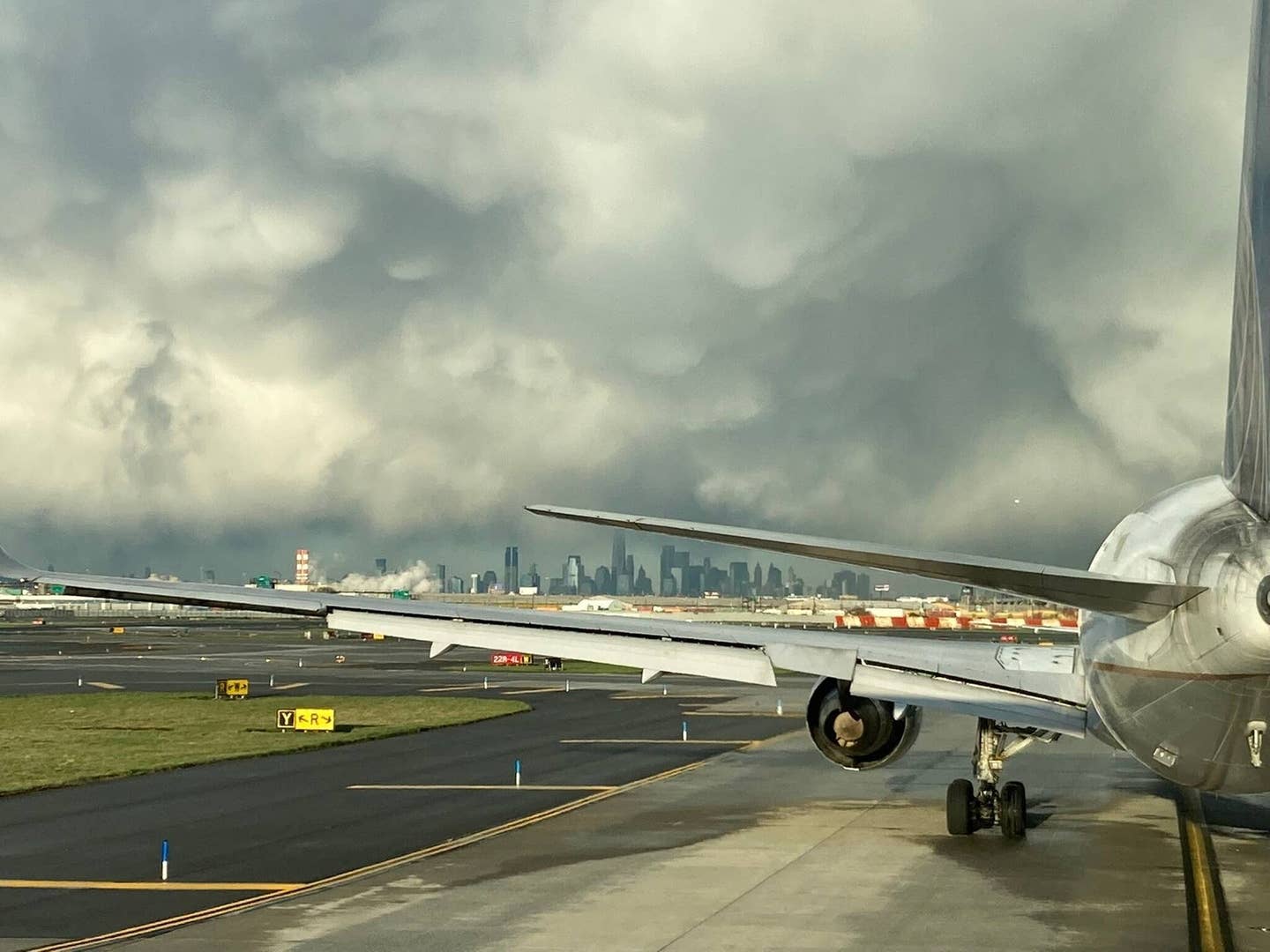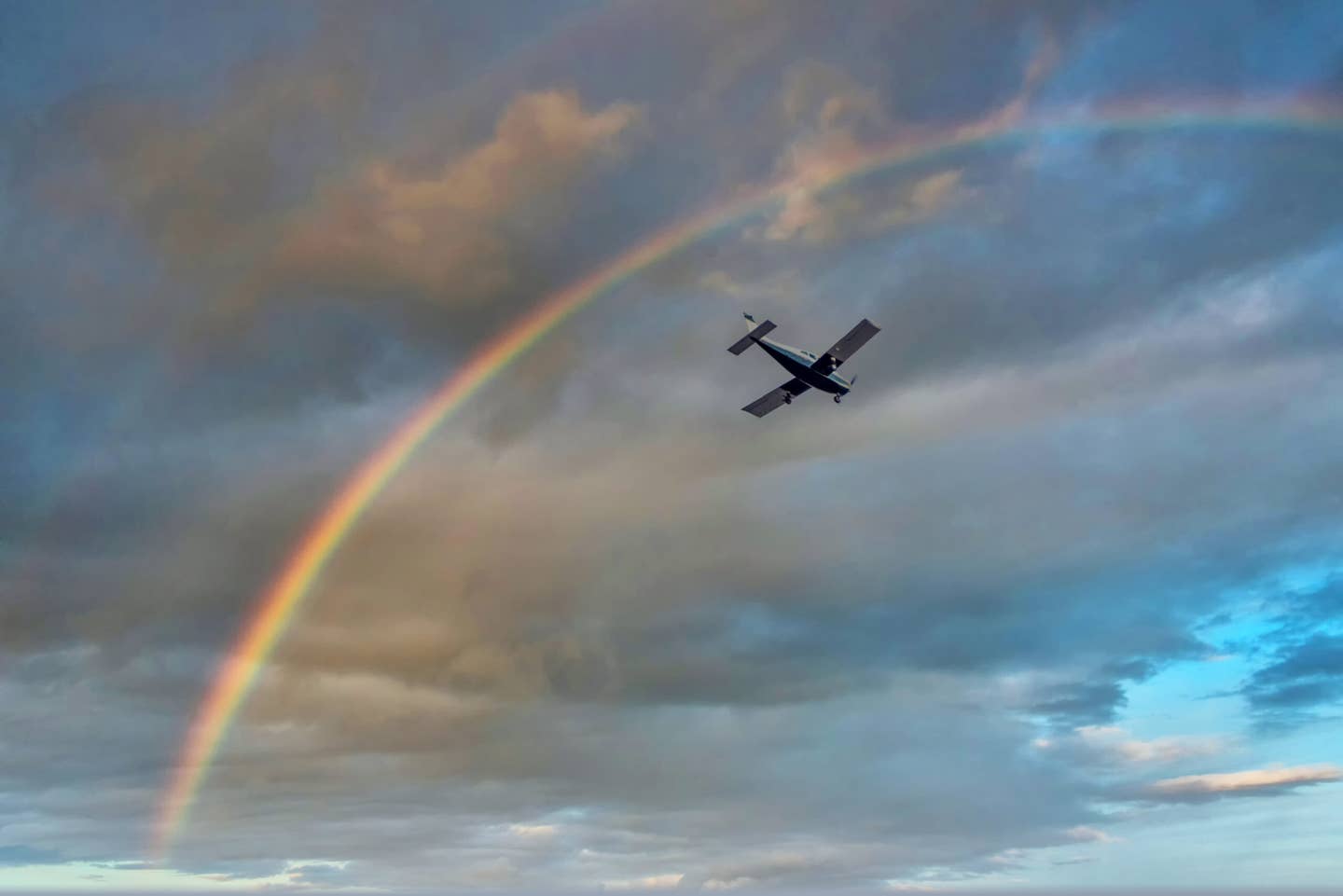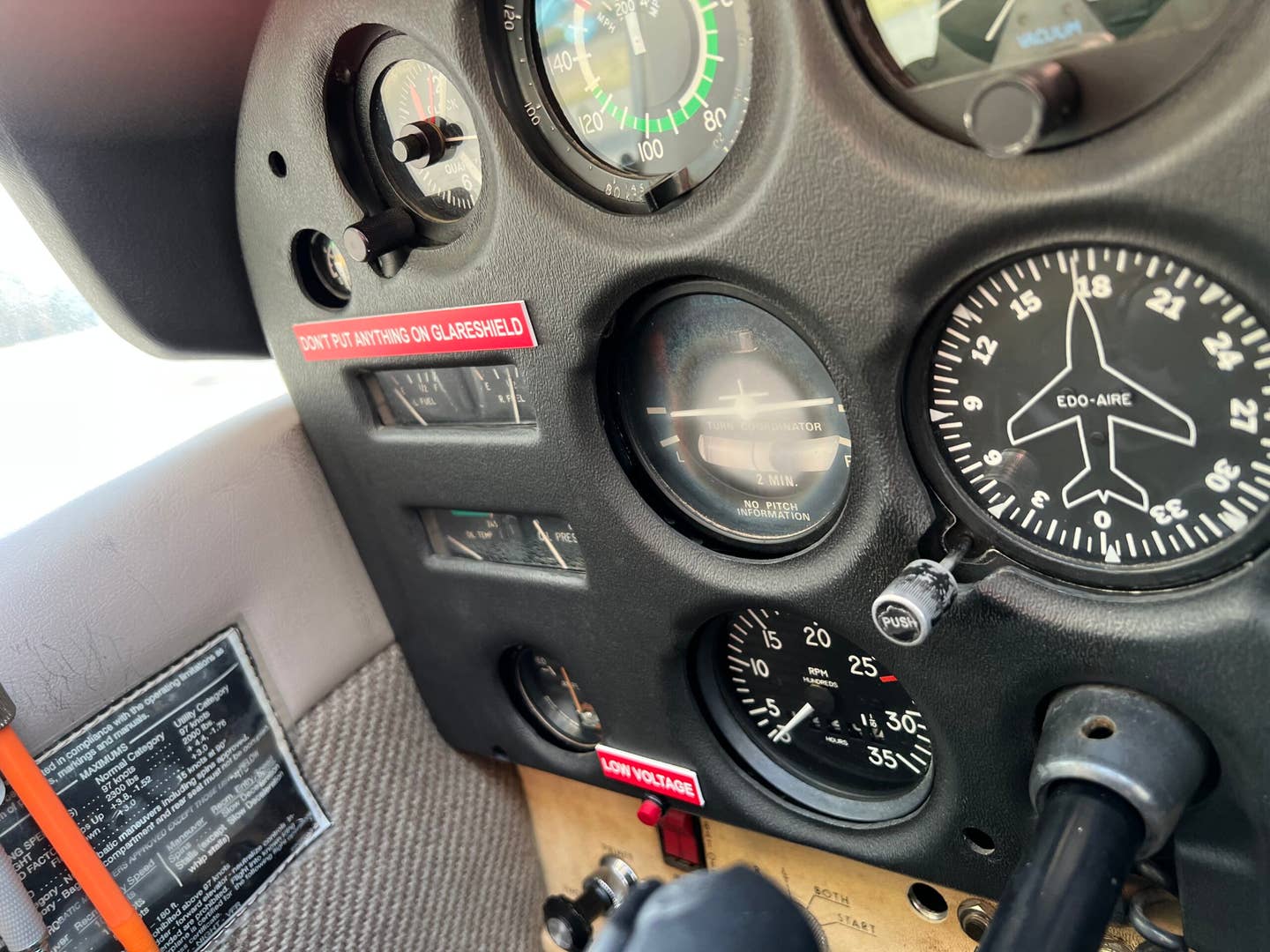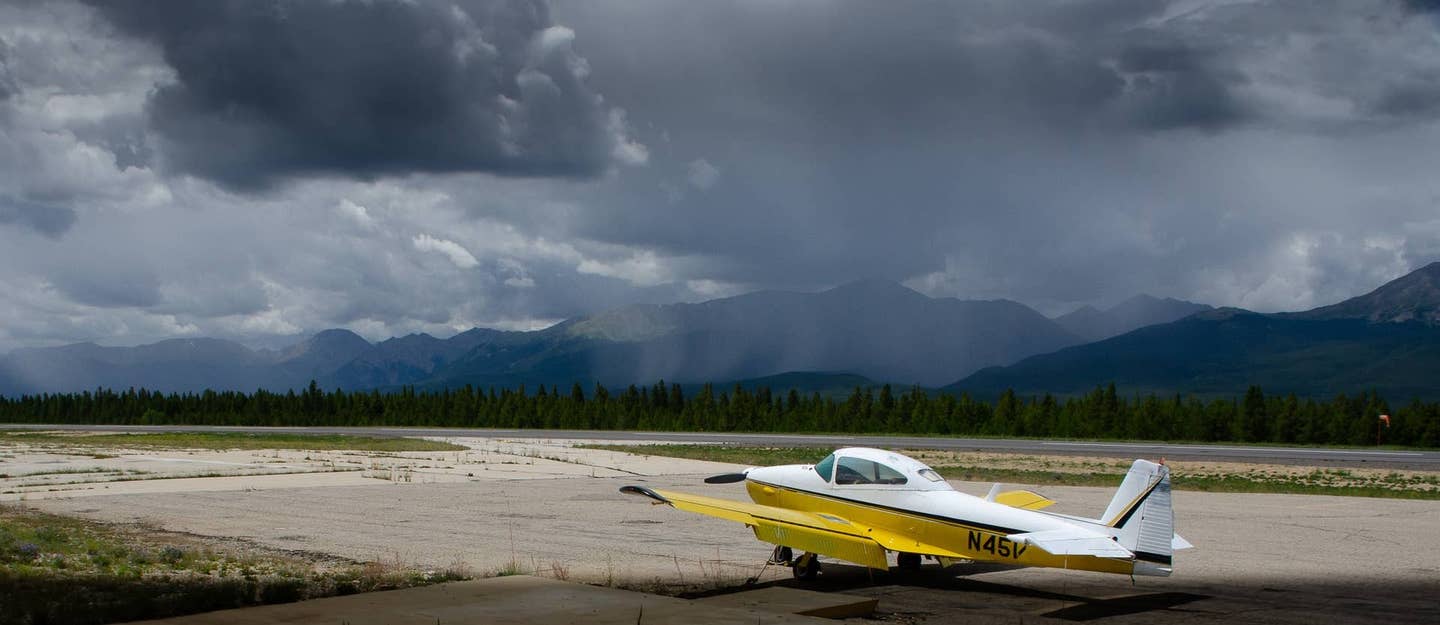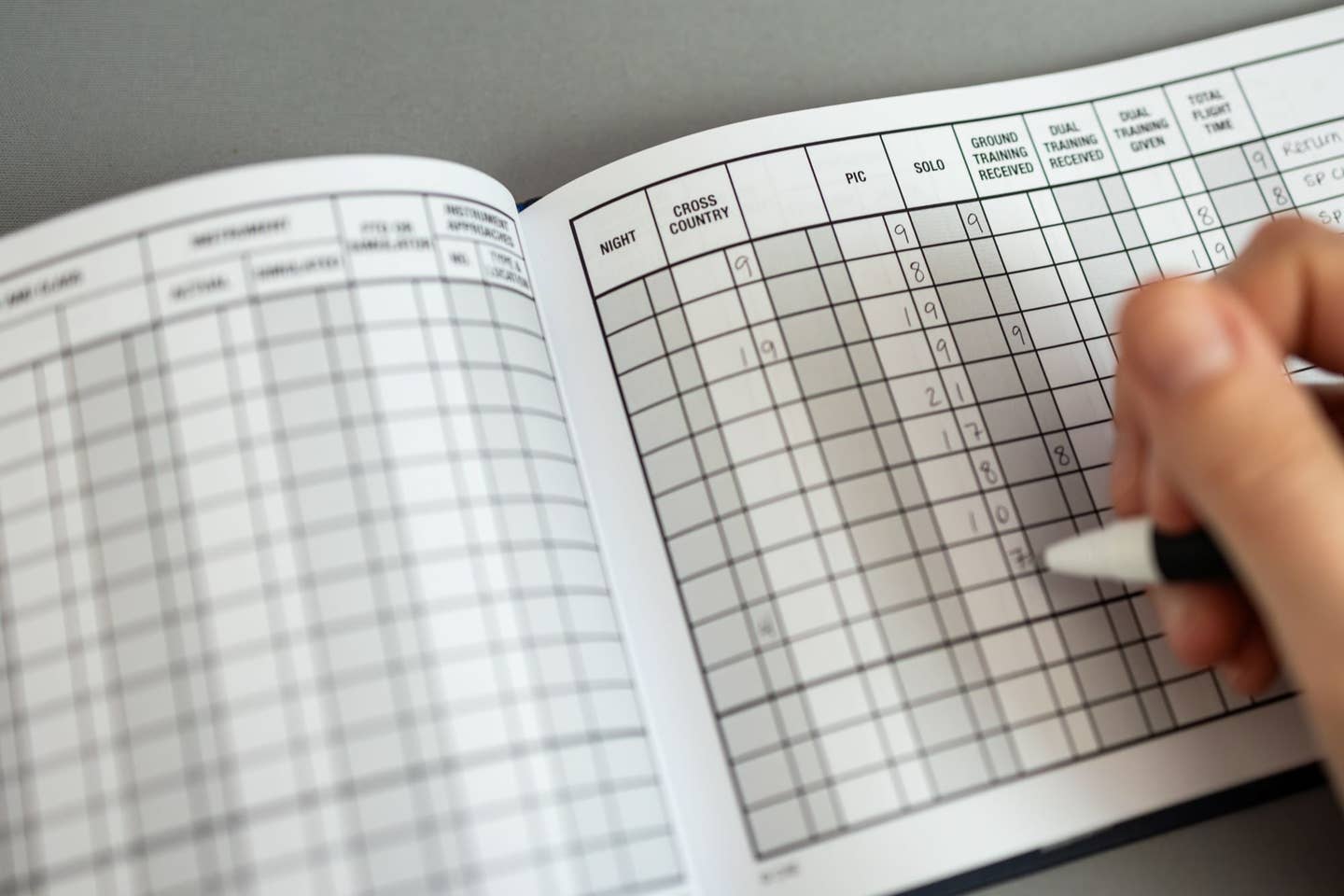
Who can and can’t fly light-sport aircraft?
DO YOU REMEMBER THE Venn diagrams used in math and logic classes to illustrate relationships between sets? That is what comes to my mind when trying to understand who can and can't fly light-sport aircraft ... well, actually there is no "can't." Most of us in aviation know that six years into the Sport Pilot/LSA rule sport pilots can fly only aircraft that fall into the LSA category (see my March column, "Alphabet Soup of LSA"). But what might be surprising to some is the fact that LSAs can be flown by any airplane single-engine rated pilot, regardless of certificate.
“There is some confusion out there about who can fly LSAs and what the limits are,” says EAA’s Joe Norris. “We get queries all the time about the topic. For example, private pilots will ask if they can fly an LSA above 10,000 feet, which is the altitude limitation for sport pilots. The answer is that if you hold a certificate higher than Sport Pilot, you can fly the airplane to its allowable ceiling as indicated in the POH.”
It might also come as a surprise to some that pilots can even train for a private pilot certificate and also train for their instrument rating in LSAs. This does not mean, however, that SLSAs are designed for flight into instrument meteorological conditions (IMC). The current ASTM standard specification is applicable to the design of a light-sport aircraft/airplane as defined by regulations and limited to VFR flight. Only aircraft designed for flight into IMC should fly in that environment. David Oord, EAA’s government and advocacy specialist, says the ASTM committee is working to develop an annex to the airplane design standard to define additional requirements for airplanes intended to operate in IMC.
One more important footnote, specifically for those sport pilots considering training for their private certificate in an LSA: The certificate requires that the 20-hour minimum training from an authorized instructor be completed with an instructor certified to train for recreational or higher. So, before you start working on that higher certificate, take stock of your logged training hours. I started out training for a private, so I had 15 hours logged before switching to Sport Pilot. Then, although I trained mostly with a sport pilot instructor (CFI-S) for the remainder of my sport pilot hours, six of those hours were with a traditional instructor (CFI). That means I’ve beat the magic number of required dual with an authorized instructor for the private by one hour. Now, all I have to do is complete the required training time under the hood and night cross-country — with a CFI, of course.
It's worthy to point out here that the alphabet groups have recently petitioned the FAA to allow training time logged by sport pilot students under CFI-S to count toward the private license. Even if the proposal reaches notice of proposed rule-making (NPRM) stage, such a change could be years down the road. An example of where this change would be helpful is with the dual cross-country training received for the Sport Pilot certificate. My two hours were with a CFI-S, so they don't count toward the three hours required for the private. Time is money and, honestly, if I didn't already have the 20-hour minimum logged, I would be slower to go for my private license, if at all.
In the meantime, what we do know for sure, Venn diagrams and NPRMs or not, is that LSAs can be flown for more than sport!

Sign-up for newsletters & special offers!
Get the latest FLYING stories & special offers delivered directly to your inbox


